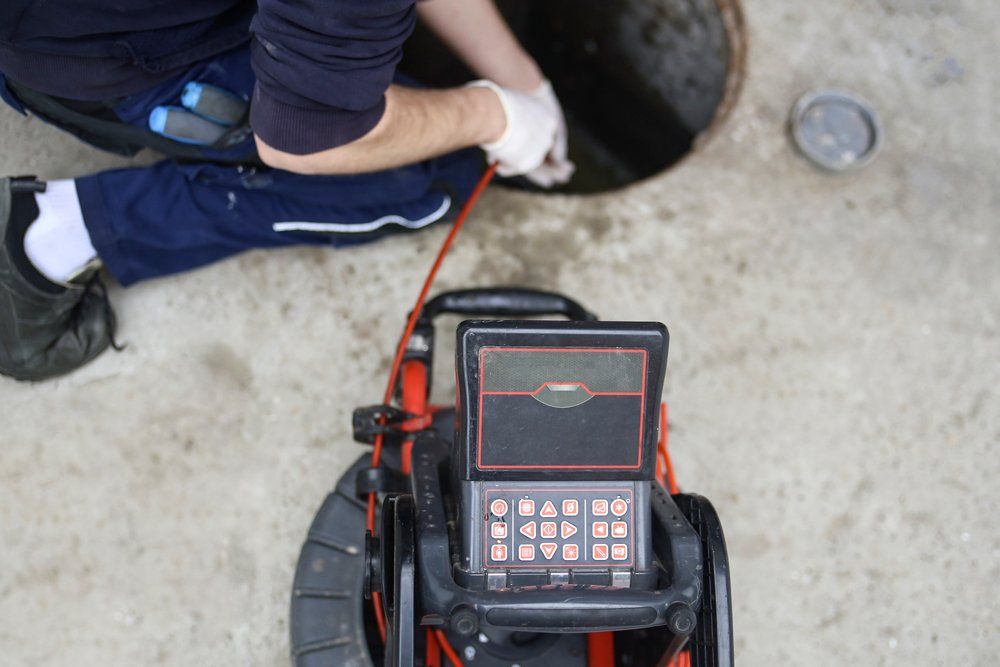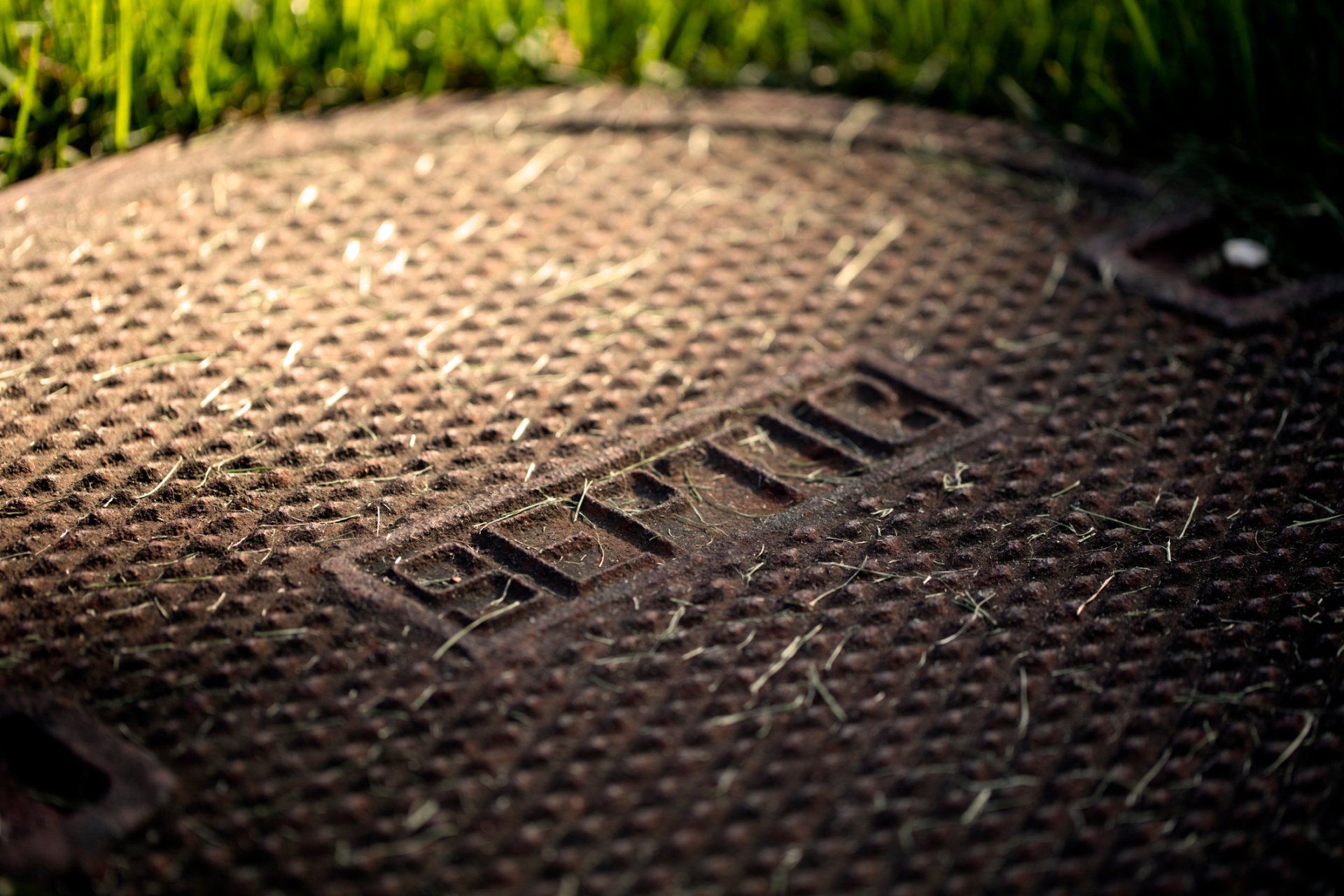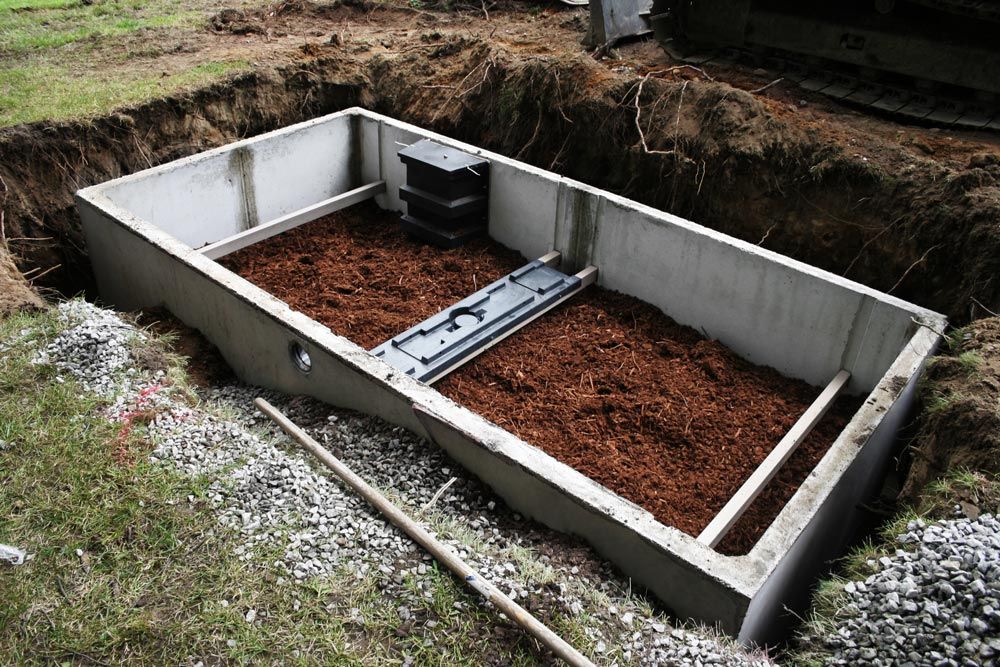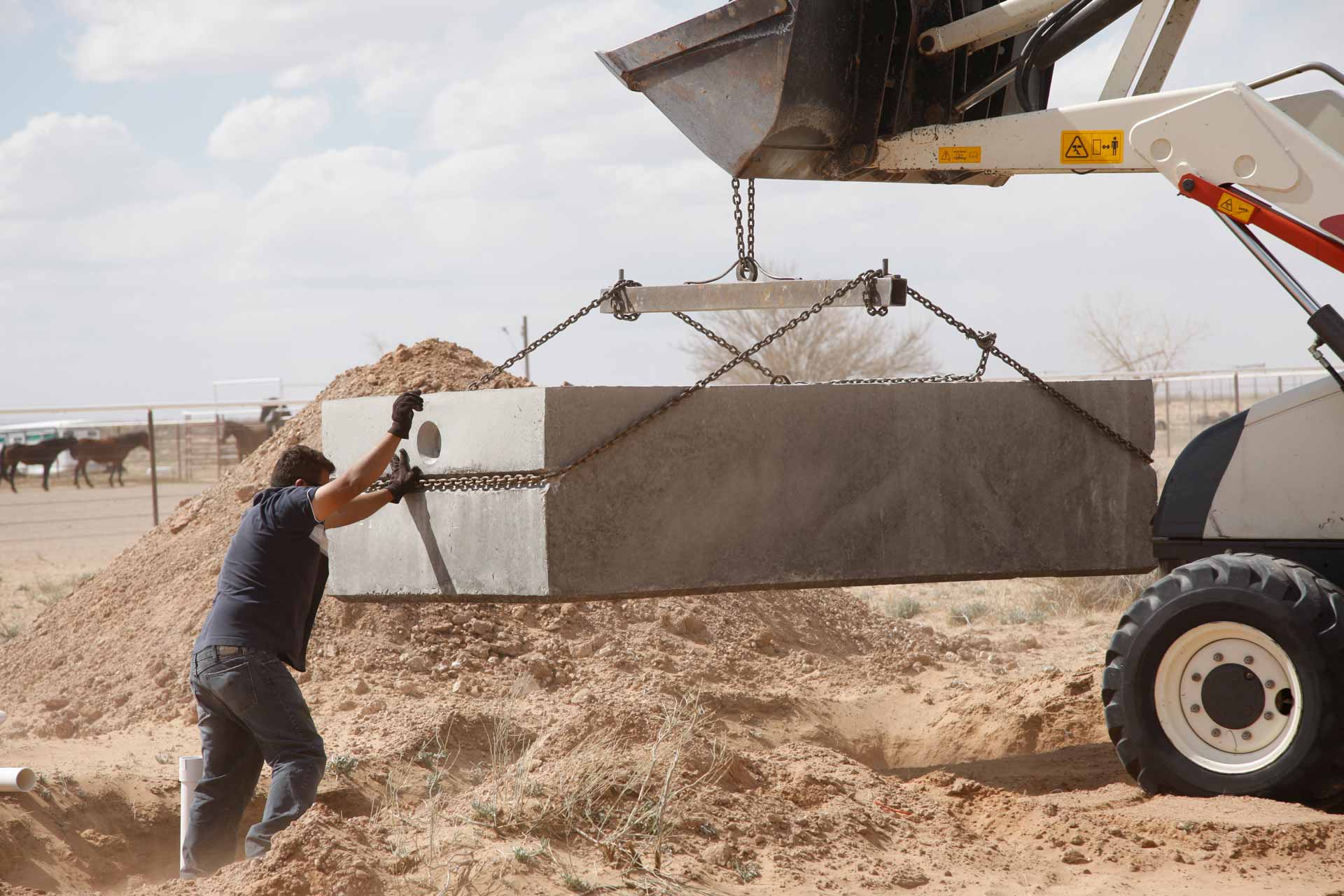5 THINGS YOU NEED TO KNOW BEFORE INSTALLING A HOLDING TANK
Admin • June 4, 2018
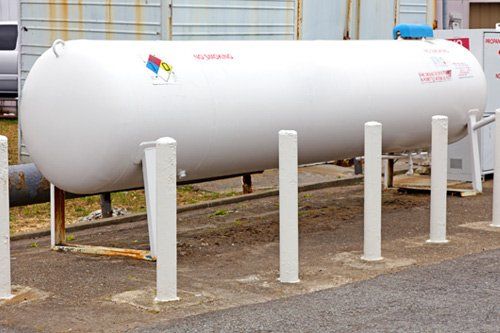
Many people use the terms holding tank and septic tank interchangeably. While both are sanitation systems, various differences exist between them. Both types of tanks collect wastewater from the house but each handles this effluent in a distinct way.
If you want to install a holding tank, read on to learn more about this sanitation system.
1. HOLDING TANKS ARE DIFFERENT FROM SEPTIC TANKS
A septic tank is a large vessel that collects household wastewater through an inlet pipe, treats the effluent through a bio-action process, and releases the treated water into a drainfield where the water percolates underground.
A holding tank also collects wastewater from the house through an inlet. However, instead of releasing treated wastewater into the ground through a drainfield, the holding tank temporarily stores the effluent for removal and transportation to a treatment facility.
2. HOLDING TANKS NEED FREQUENT PUMPING
Experts recommend pumping a septic tank every 2 to 3 years depending on factors such as the size of your household or building.
However, holding tanks are temporary storage units, and owners should pump the tank far more frequently than a septic tank. If you plan to use the holding tank regularly, you might have to clean the unit every 6 to 8 weeks.
Holding tanks come with an alarm that will alert you when the tank is full and needs pumping. The frequency at which the alarm will go off will largely depend on factors such as the size of the tank and the number of occupants.
Failure to pump can result in sewage overflow, which will greatly compromise the sanitary conditions in your home or facility.
To prolong the life of your holding tank, avoid dumping improper items such as food particles and grease down the drain. Consider using tissue specifically made for holding tanks to avoid blocking the system.
3. HOLDING TANKS NEED PROFESSIONAL INSTALLATION
Much goes into setting up a functional and fail-safe holding tank. You must evaluate site conditions and identify sewage lines. Additionally, you need to identify the correct depth for installing the underground tank and undertake intricate piping tasks.
Leave holding tank installation to the professionals to avoid adverse consequences such as leaking and contamination.
4. HOLDING TANKS REQUIRE LICENSING
Before installing a holding tank in California, owners must obtain the requisite permits from the local Environmental Health Officer and pay the required fees. You will also need to present a site plan, holding tank design plan, and a plan outlining how you intend to maintain the unit.
After installation, you must wait for the approval of the local health authorities before you can begin using your holding tank.
A reputable holding tank installation specialist can help you comply with the set regulations where the installation and maintenance of the tank are concerned.
5. HOLDING TANKS CAN DELIVER VALUE FOR MONEY
The cost of installing a holding tank will depend on factors such as permit fees, labor fees, and site conditions. The engineering process of installing a holding tank is far less complex than building a standard septic system, making holding tanks less expensive to install.
Admittedly, holding tanks may have a higher maintenance cost due to the frequent pumping of these units. However, holding tanks do not have components such as drainfields, baffles, or effluent filters that can fail and necessitate costly repairs.
Overall, when you compare the upfront cost of installing, operating, and maintaining a septic tank to a holding tank, a holding tank is a clear winner for owners seeking value for money.
A holding tank is a reliable, temporary waste management solution suitable for locations where installation of a septic tank system is not feasible.
Do you want to install a holding tank in your facility? You can trust the pros at Pete's Outflow Techniciansto get the job done. Call us today to speak to one of our experienced technicians.
If the septic system doesn't function properly, it could start to generate bad smells. Learn about common reasons why septic systems produce bad smells.
The roots of trees can penetrate your septic system and impede system performance. Learn a few steps to prevent tree and shrub roots from invading your tank.
Whether constructing a new home or replacing an old septic system, homeowners must decide on the type to install. See a few types of septic tanks.
Pumping your septic tank should be part of your home maintenance routine. How often you should pump your tank? Discover a few factors that determine that.
All septic system parts eventually fail. Read on to learn about some factors that determine how long your septic drain field will last.
Landlords should proactively maintain their septic tanks for health, safety, and compliance reasons. Discover essential maintenance tips.

